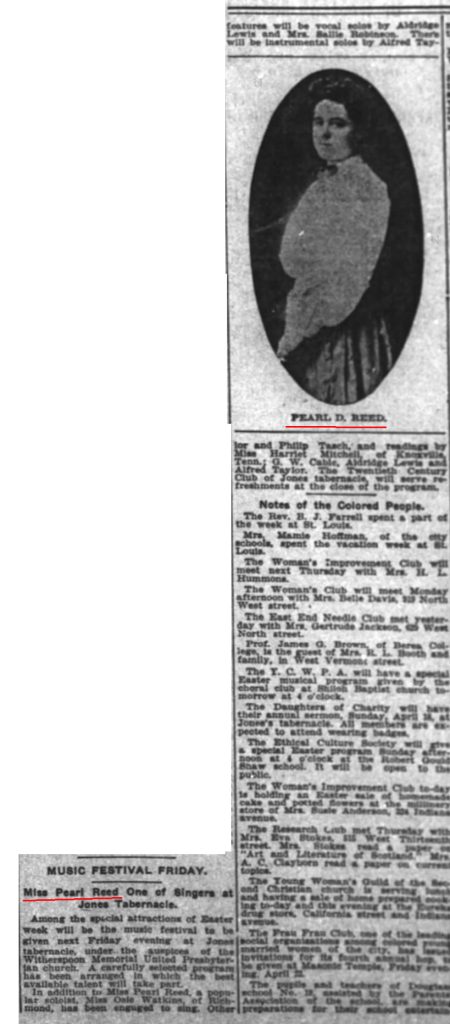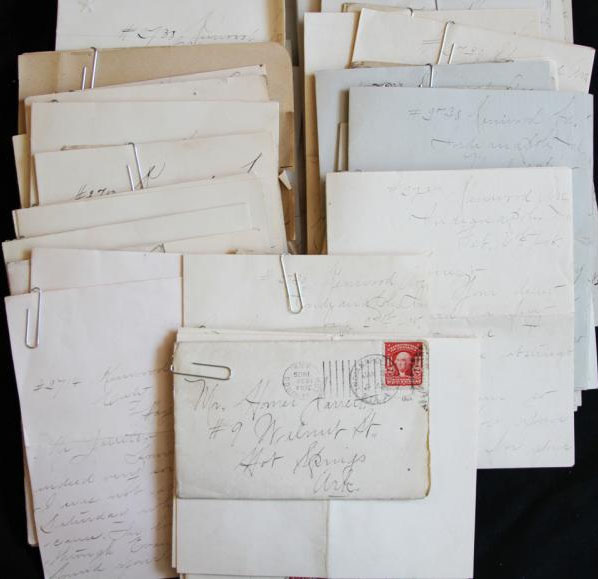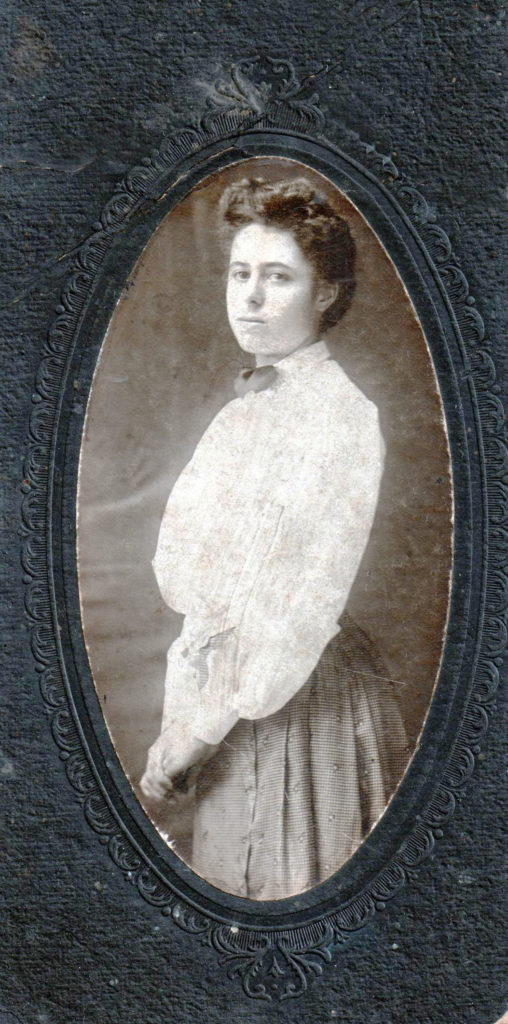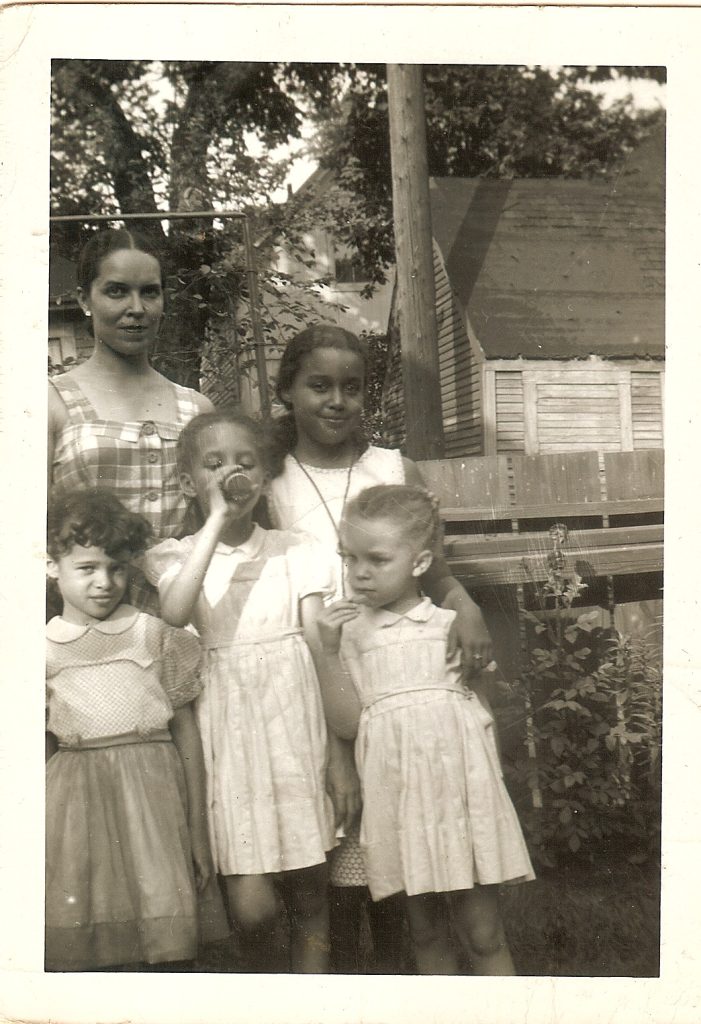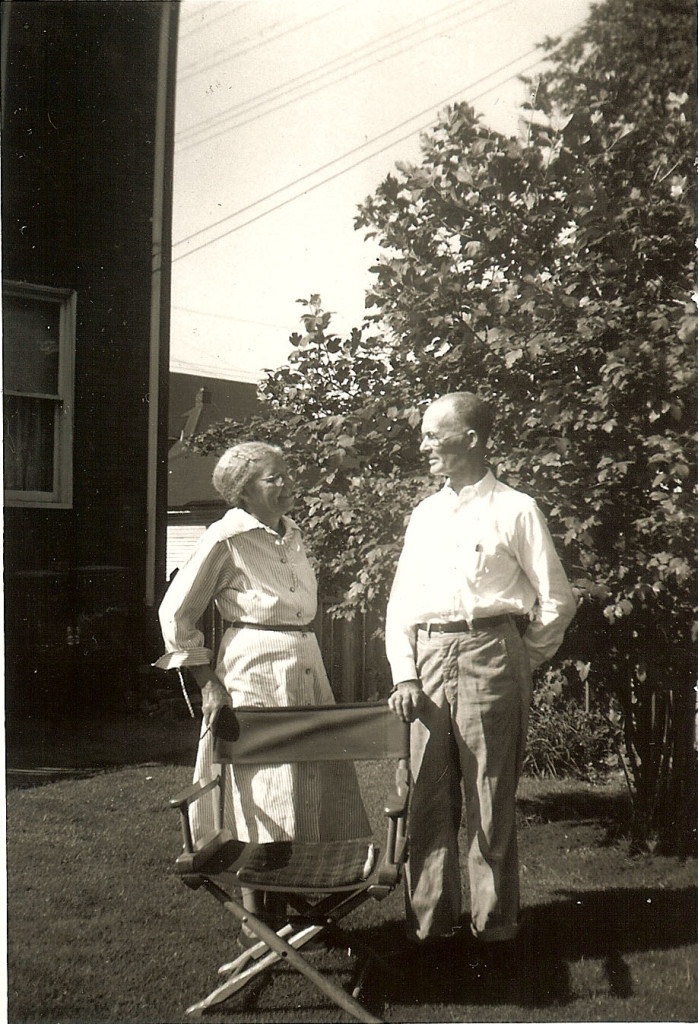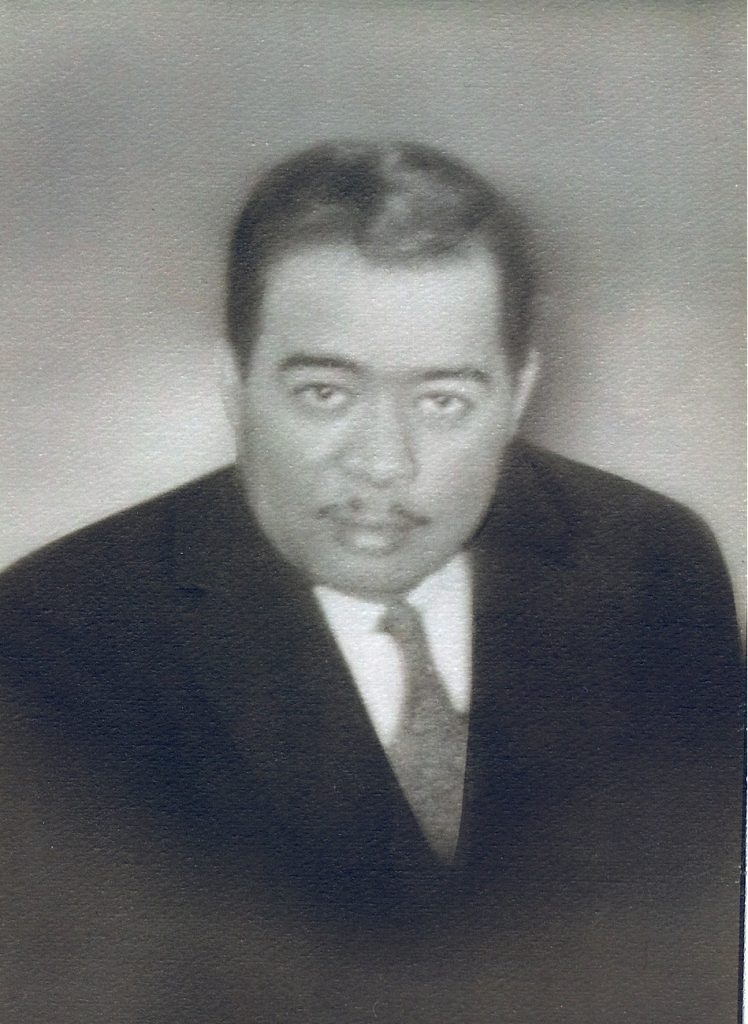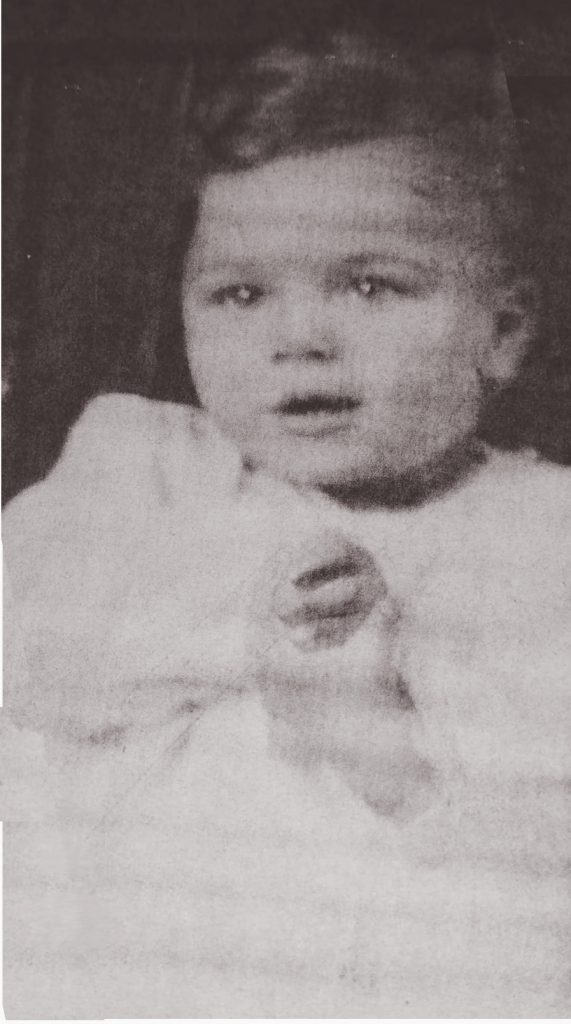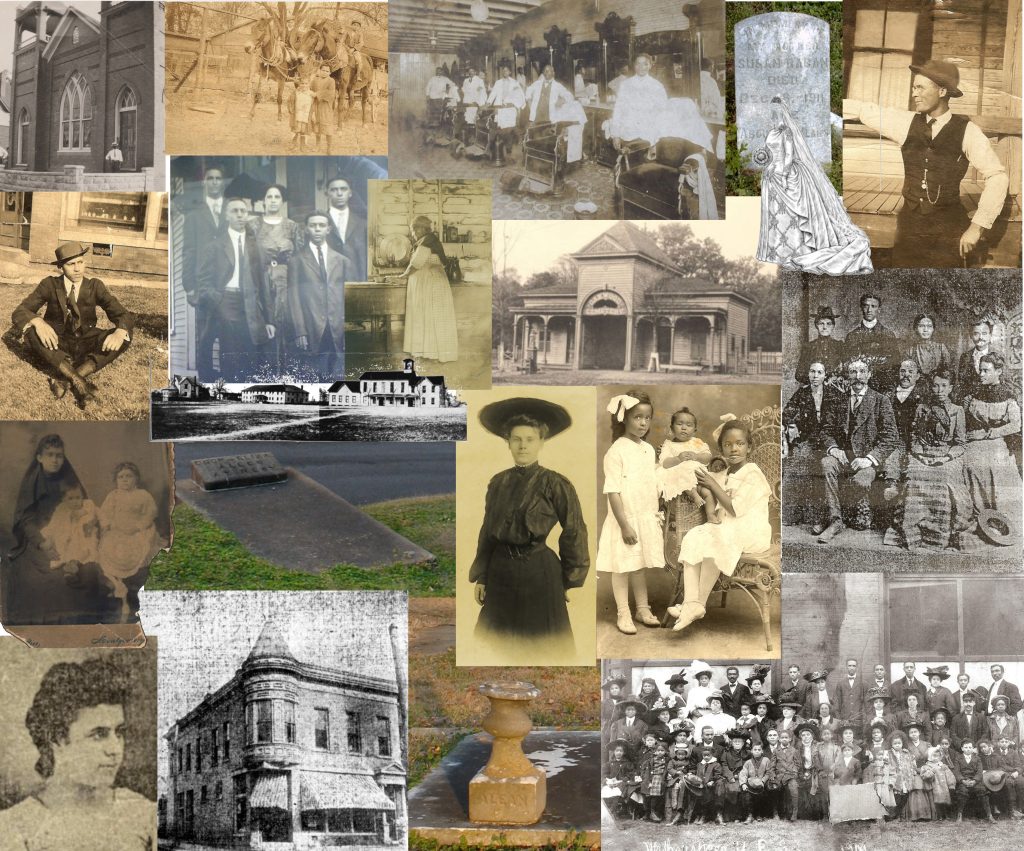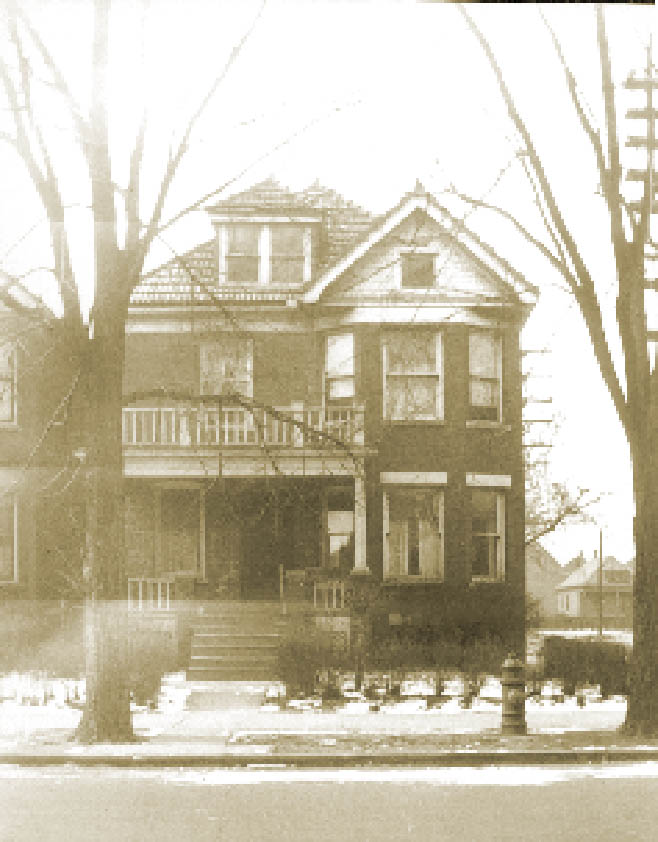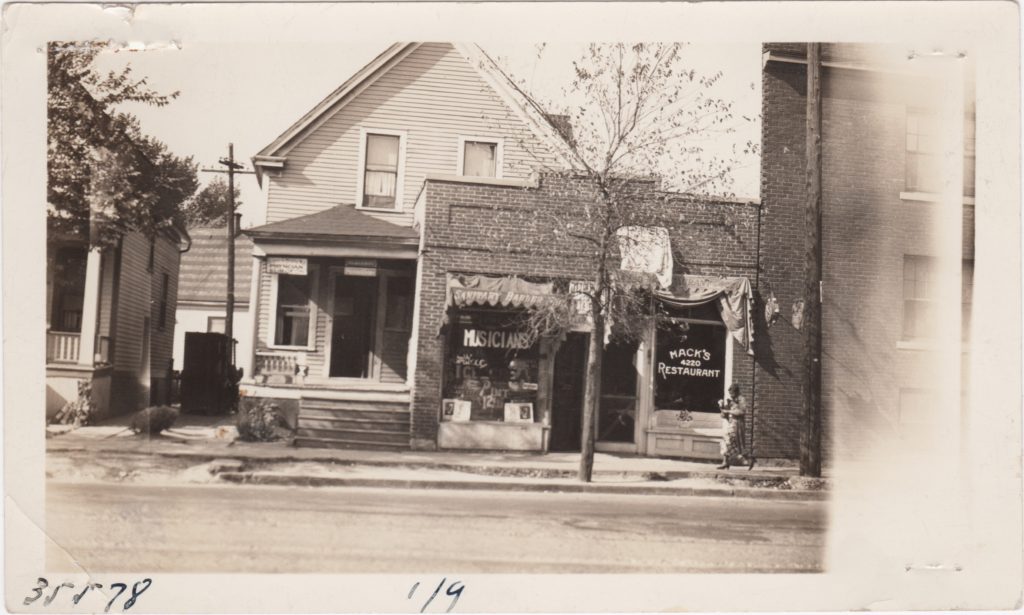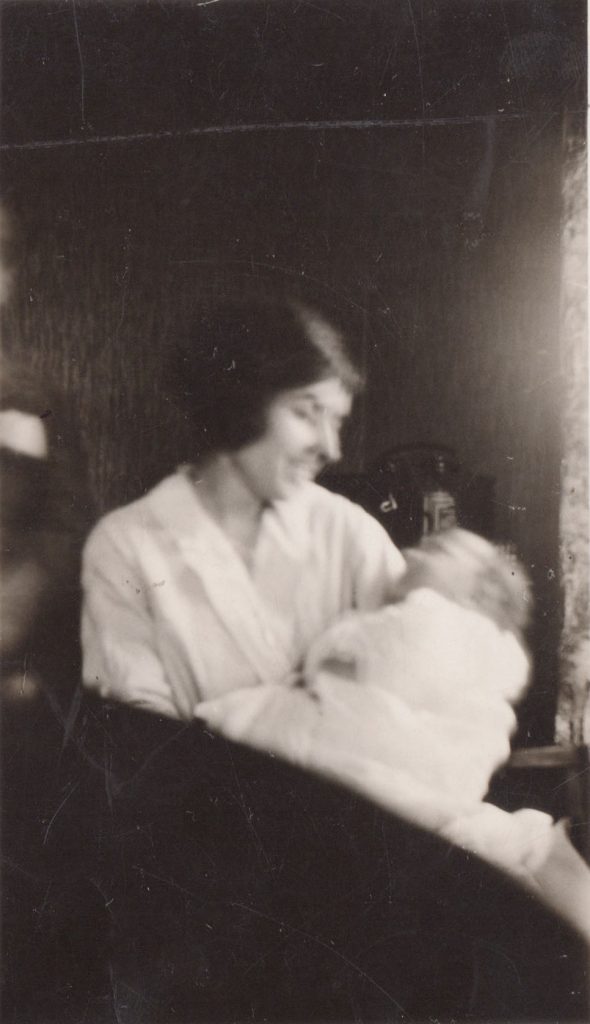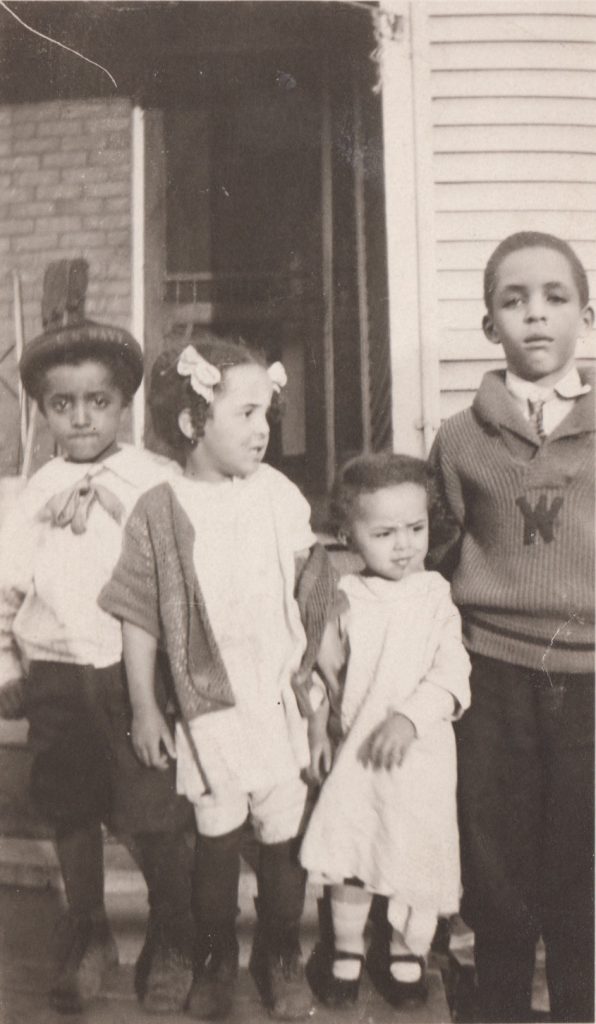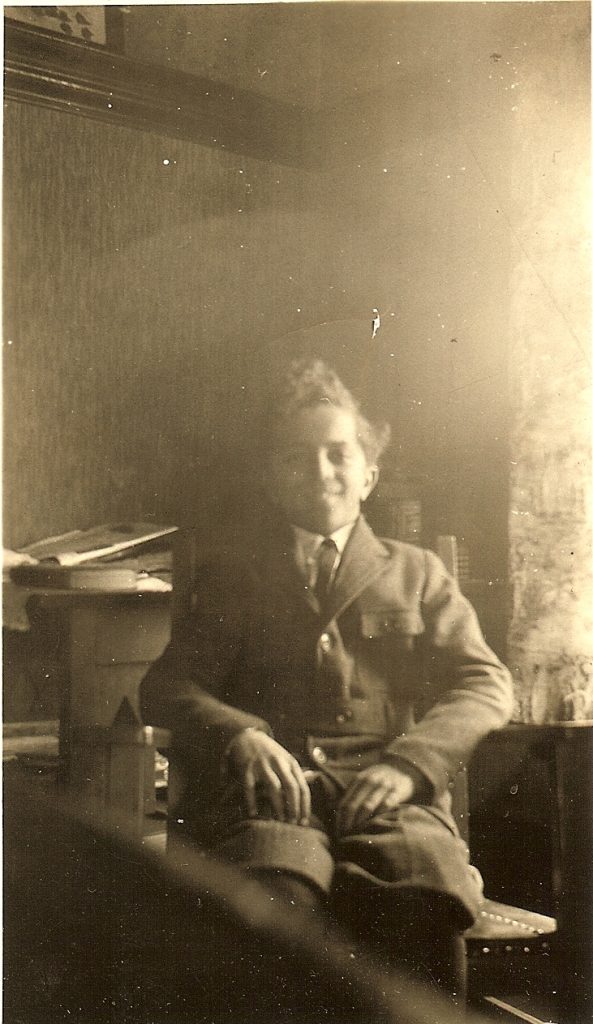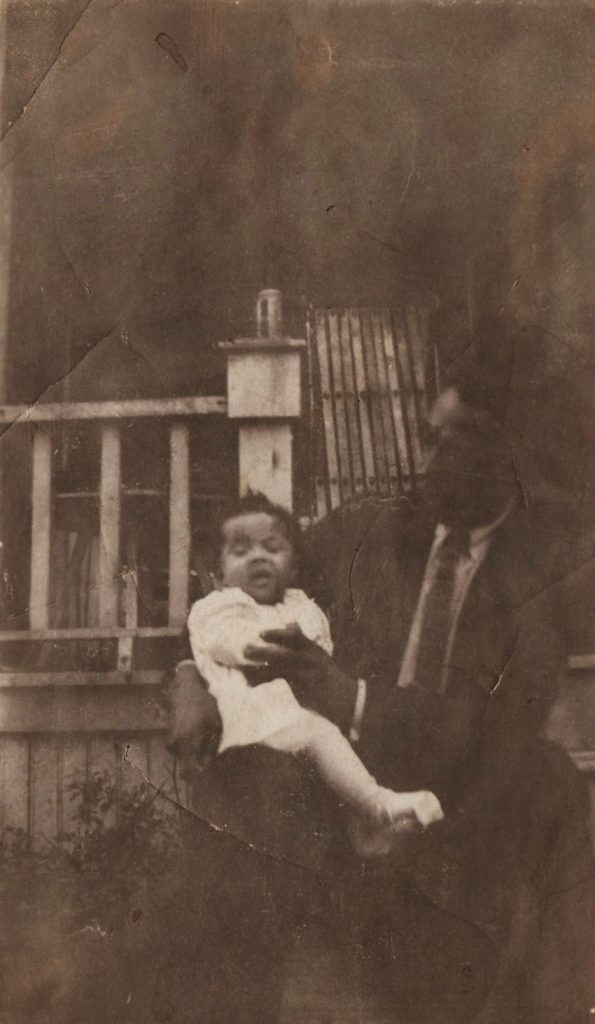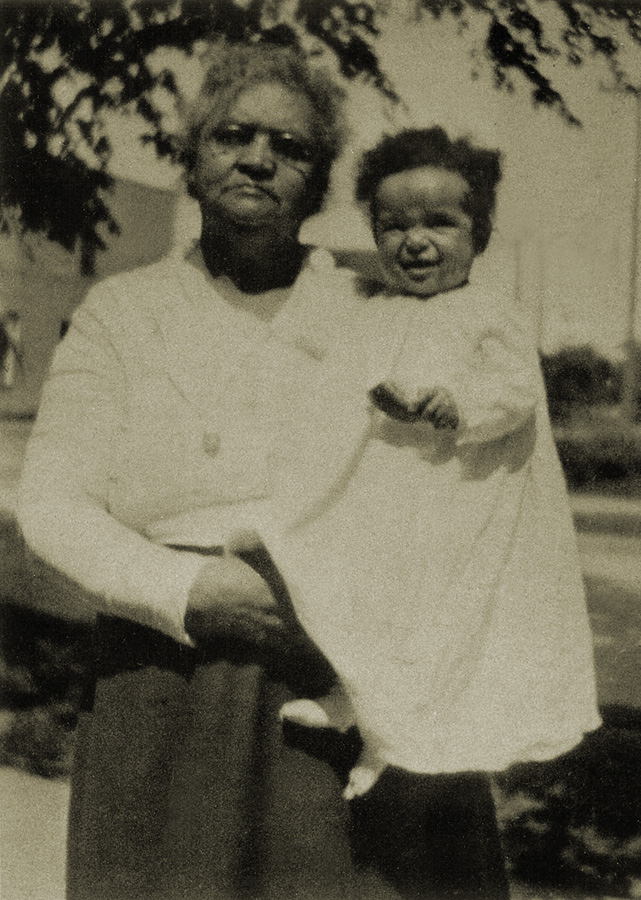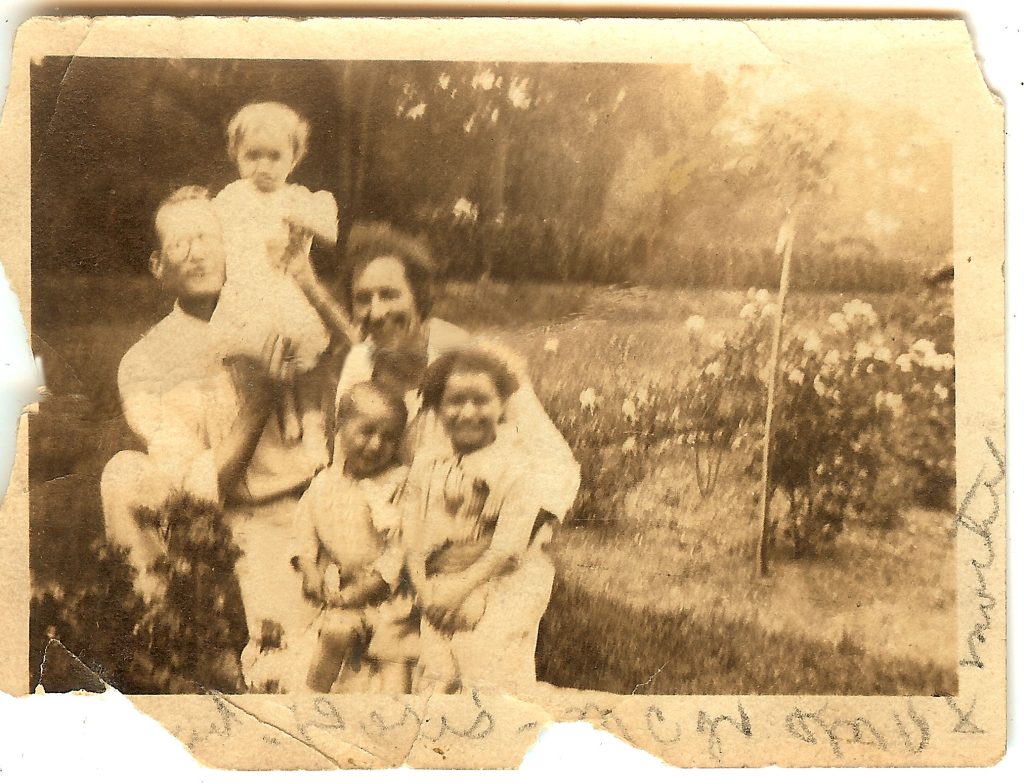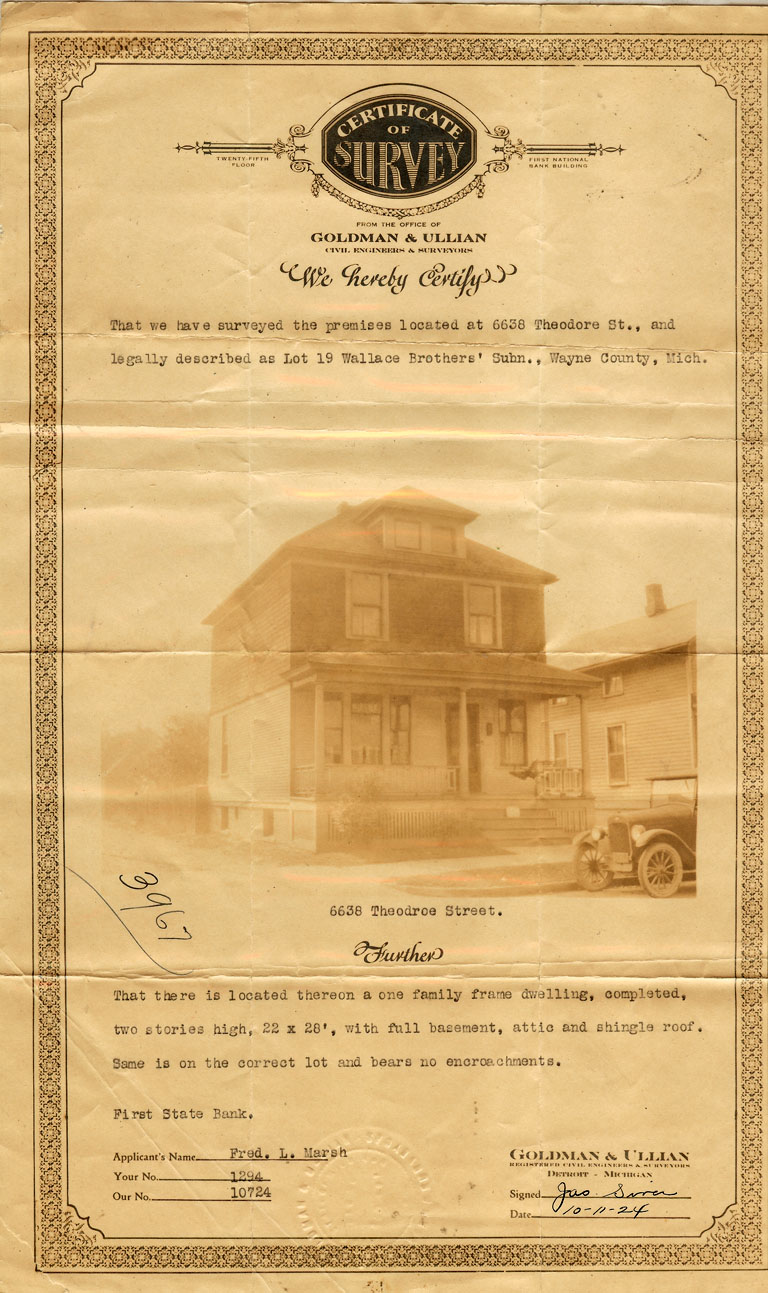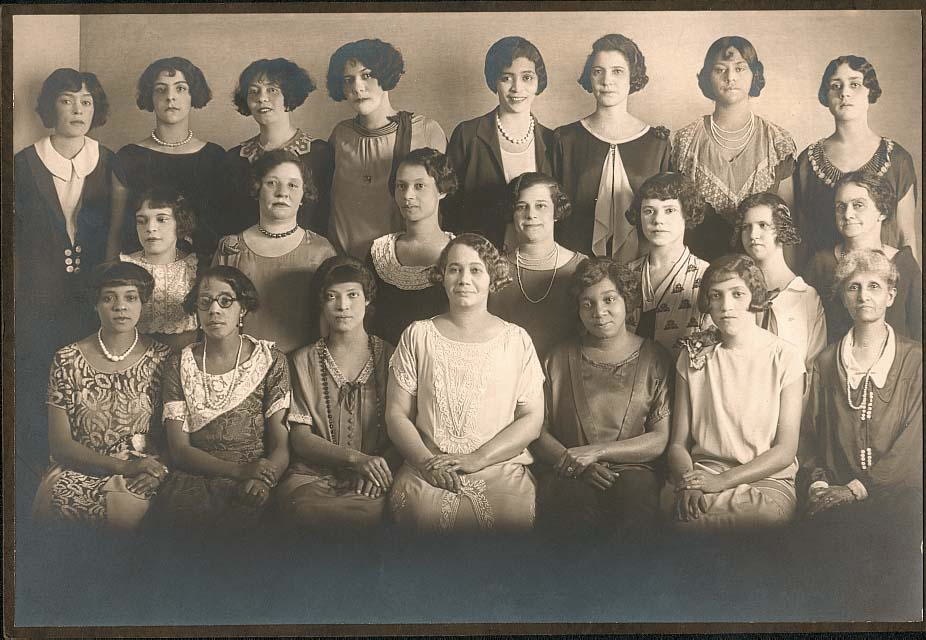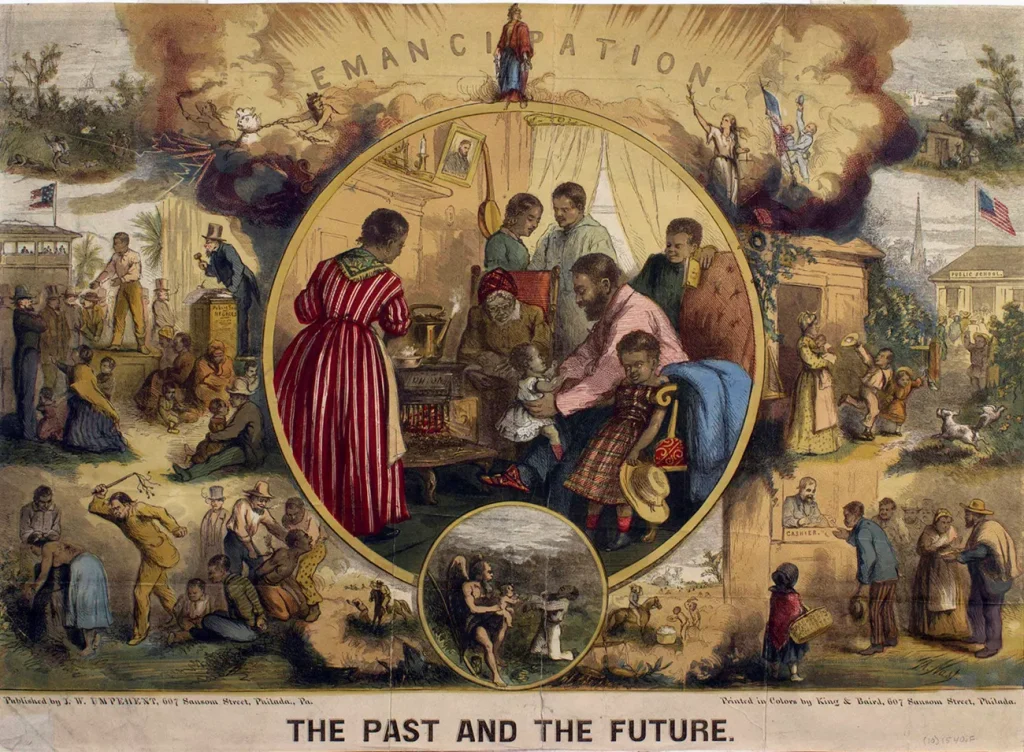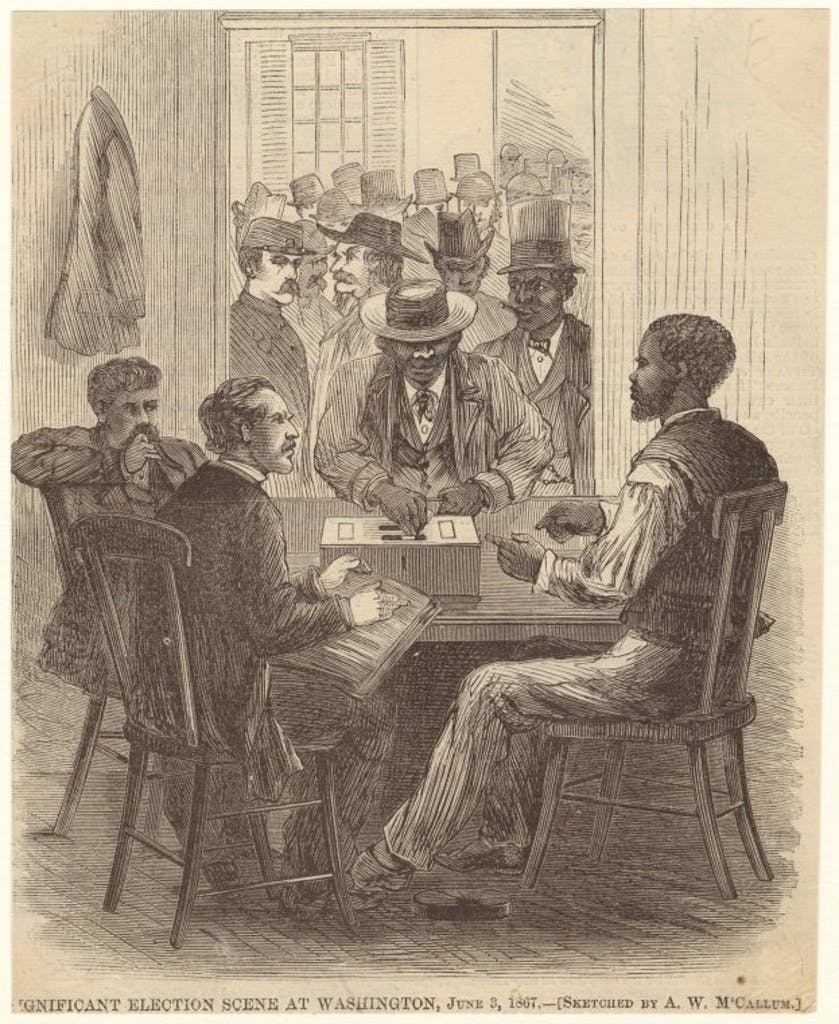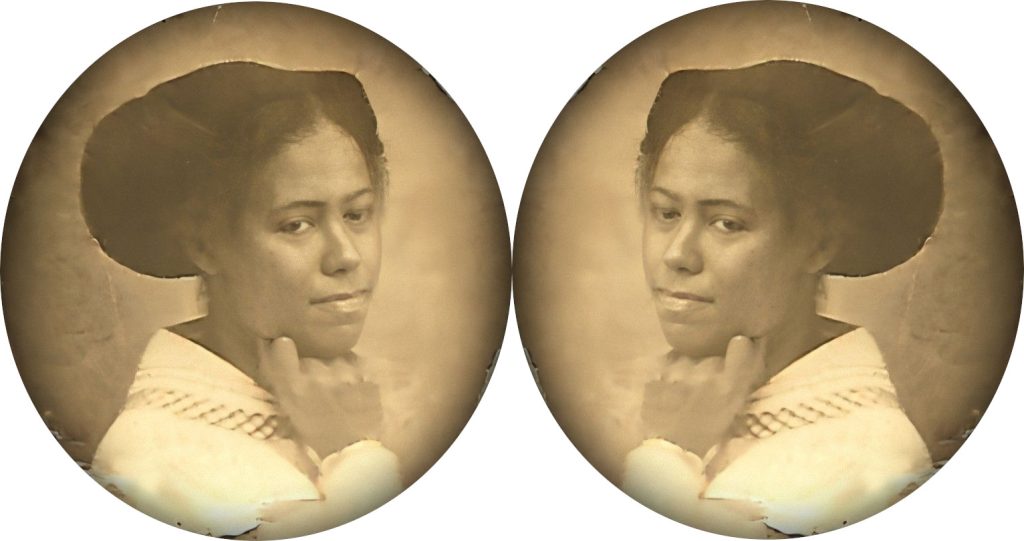
For this year’s A to Z Challenge, I will be posting an event for that date involving someone in my family tree. Of course it will also involve the letter of the day. It may be a birth, a death, a christening, a journal entry, a letter or a newspaper article. If the entry is a news item, it will be transcribed immediately below. Click on photographs to enlarge in another window.
MUSIC FESTIVAL FRIDAY.
Miss Pearl Reed One of Singers at Jones Tabernacle.
Among the special attractions of Easter week will be the music festival to be given next Friday evening at Jones Tabernacle, under the auspices of the Witherspoon Memorial United Presbyterian church. A carefully selected program has been arranged in which the best available talent will take part.
In addition to Miss Pearl Reed, popular soloist, Miss Osie Watkins, of Richmond, has been engaged to sing. Other features will be vocal solos by Aldridge M. Lewis and Mrs. Sallie Robinson. There will be Instrumental solos by Alfred Taylor and Philip Tasch, and readings by Miss Harriet Mitchell, of Knoxville, Tenn.; G. W. Cable, Aldridge and Alfred Taylor. The Twentieth Century Club of Jones tabernacle, will serve refreshments at the close of the program.
The Indianapolis News Indianapolis, Indiana • Sat, Apr 10, 1909 Page 12
_______________
Pearl Reed was my paternal grandmother. In 1909 she lived with her mother and older brother George. She and my grandfather were “keeping company’ and married the following year.
You can see a better copy of the photo above at this earlier post: F- Forgive this writing
You can read more about my grandmother’s life at this post: Grandmother Pearl Reed Cleage and also find more links about her life.
